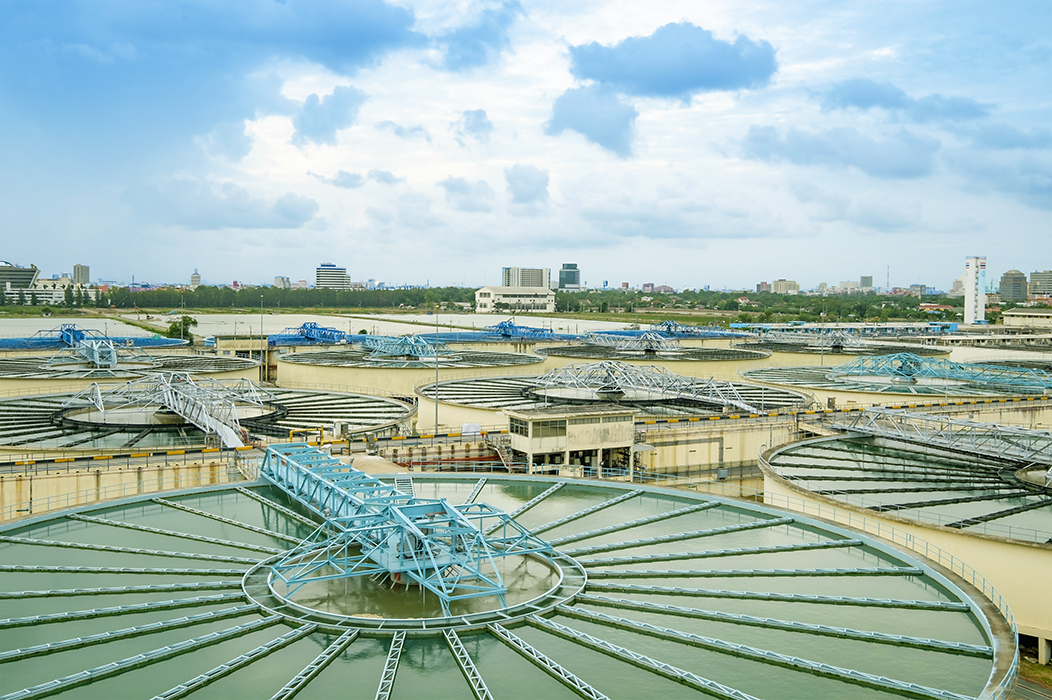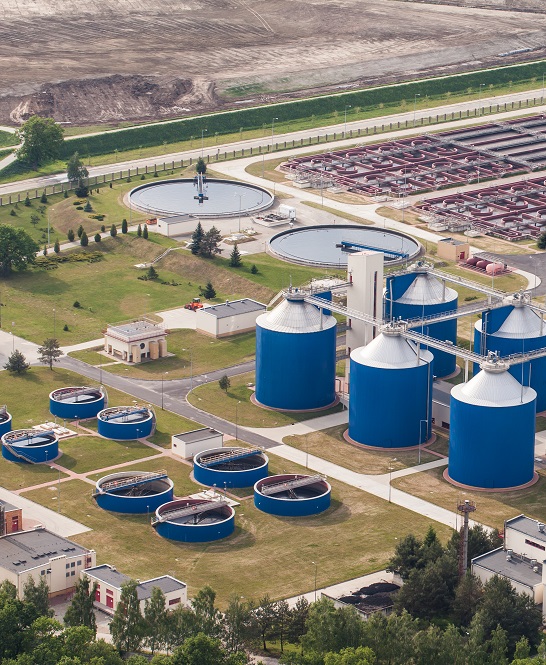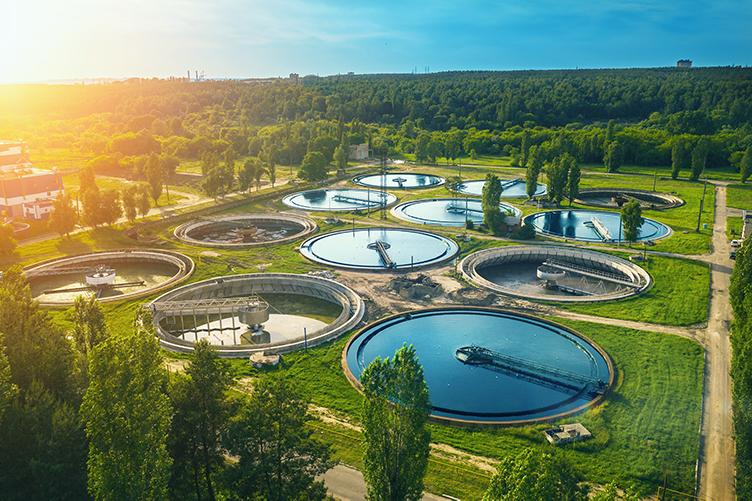Waterworks

01
Cathodic Protection for Water Storage Tanks
Cathodic protection is a standard, cost-effective, accepted method to prevent corrosion of the submerged surface inside steel water storage tanks. Cathodic protection systems for water storage tanks are almost always impressed current systems. Technical and economic reasons dictate that galvanic anodes almost never be used to protect a water storage tank.
Design of a cathodic protection system for a steel water storage tank is normally controlled by the following four considerations.
- Current Requirements for Protection
- Water Resistivity
- Geometry of Structure
- Anode Service Life
02
Anode Design for Water Storage Tanks
If anode design provides a uniform distribution of current, then the current requirement for protection of a water storage tank is calculated by multiplying total surface area by a predetermined current density. Although many factors can influence current density, the required current density can usually be determined by examination of a water analysis. The operating current is never pre-calculated, but is determined from tank-to-water potential measurements.
Circuit resistance of the cathodic protection system consists almost entirely of the anode-to-tank resistance and this resistance is dependent on the length and size of anodes and water resistivity. In higher resistivity waters, anode configuration is governed by current distribution, and higher voltage rectifiers are used.


03
Geometry and Current Distribution
Geometry of the structure controls the anode configuration for proper current distribution. For smaller tanks one ring of anodes will usually provide proper current distribution to side and bottom of the tank. For larger tanks, additional inner rings of anodes may be required to provide uniform current distribution to the bottom. A separate anode with separate controls is normally used to protect the riser pipe in an elevated tank.
Sound engineering practice dictates that each cathodic protection system be inspected annually. For this reason anodes are frequently designed for only one year of operation. Installation A cathodic protection system for a water storage tank can be installed with relative ease. It is not necessary to drain the tank, nor is any surface preparation required, although it is recommended that the underwater surfaces be painted on new tanks.
The radius of the ring of anodes is approximately half the radius of the rank and the distance from the bottom of an anode to the bottom of the tank is approximately half the radius of the anode ring. After the installation is complete the rectifier is energized and adjusted to obtain the required current. The required current is determined by taking tank-to-water potential measurements at points of minimum potential.

04
Waterworks facilities
Corrosion control programs provide water departments with lower maintenance costs, longer equipment life, water conservation and fewer service interruptions. The very nature of waterworks facilities makes corrosion control an economic necessity. Typically the combined use of coatings and cathodic protection has proven ideal for controlling corrosion on:
- Water storage tanks
- Water & wastewater treatment equipment
- Sewage lift stations
- Transmission & distribution pipelines



